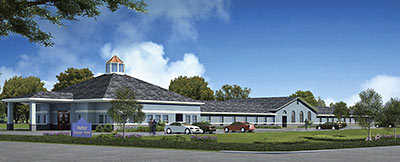
This is the rendering for Harbor Hospice, what Three Square Design Group and Camden Construction are saying they hope will serve as a kind of template for similar facilities to be built in Texas and Louisiana. The whole 24,000-sq.-ft. thing will have room for 32 beds and a 5,000-sq.-ft. outpatient clinic; Real Estate Bisnow’s Catie Dixon reports that construction could begin as early as this summer. A site plan from Camden shows the hospice going up outside the Loop southeast of Sunnyside, across from the Houston Amateur Sports Park on Mowery Rd. That’s west of Hwy. 288, between Airport Blvd. and W. Orem.
- State-of-the-Art Hospice to Break Ground [Real Estate Bisnow]
Rendering: Camden Construction


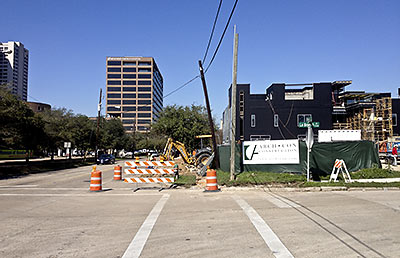
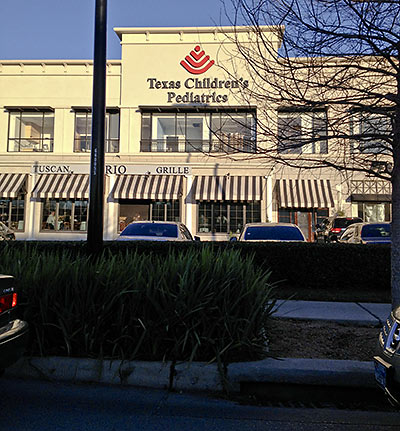
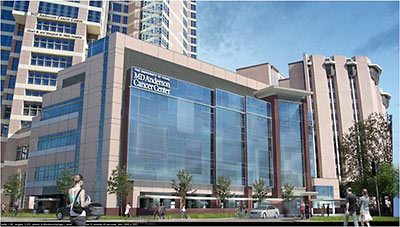
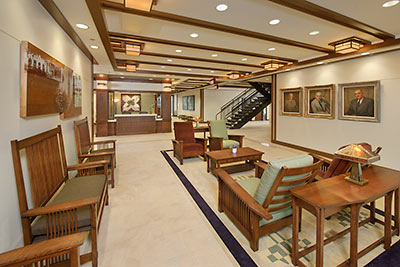
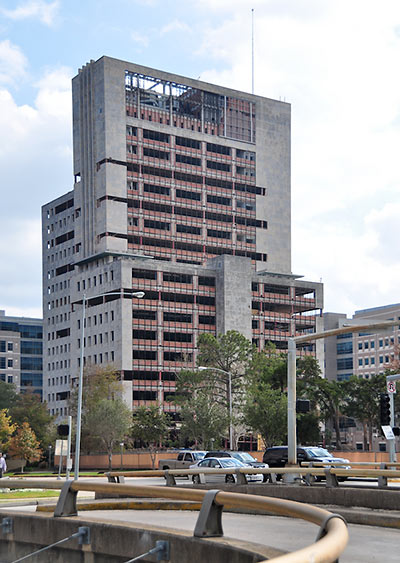
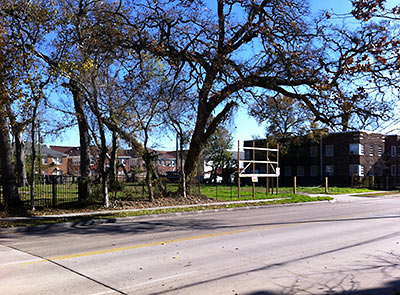
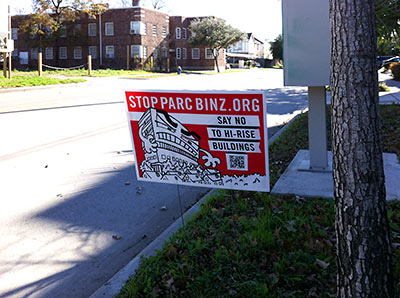
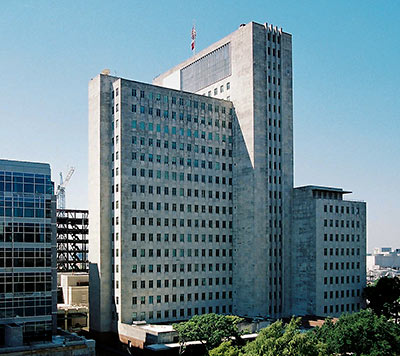
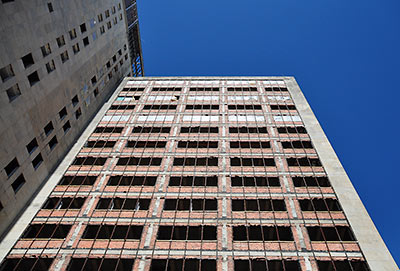
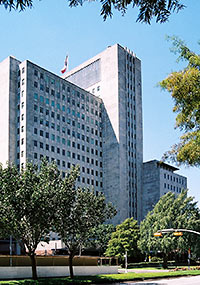
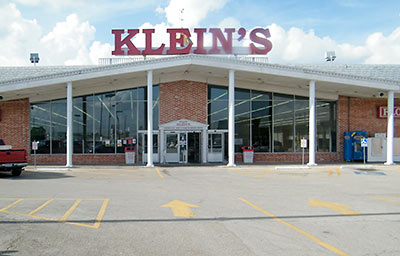
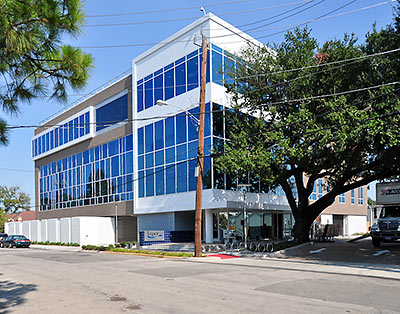
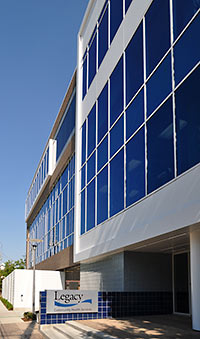
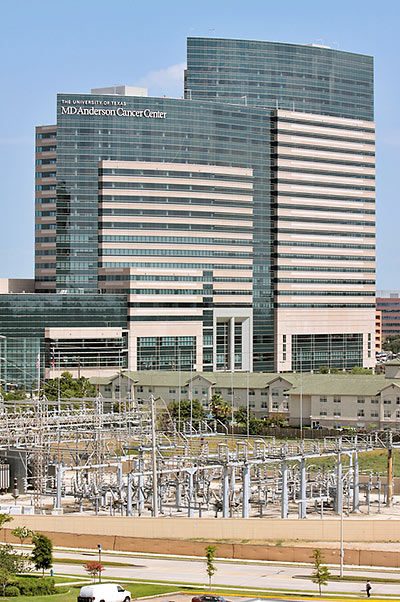
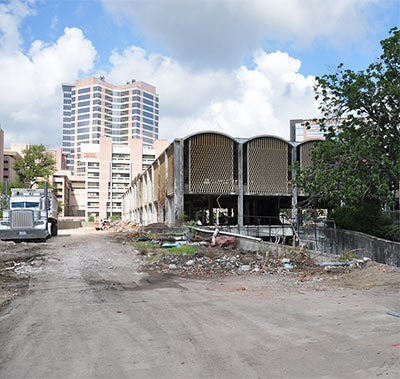
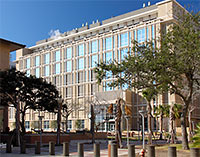 How’s tricks inside the air-tight $174 million Galveston National Laboratory on the UTMB campus, where space-suited investigators get to hang out with anthrax, avian influenza, bubonic plague, Ebola, typhus, West Nile, SARS, drug-resistant tuberculosis, Rift Valley fever and other bad boys? “There’s negative pressure and high air flow. It’s all
How’s tricks inside the air-tight $174 million Galveston National Laboratory on the UTMB campus, where space-suited investigators get to hang out with anthrax, avian influenza, bubonic plague, Ebola, typhus, West Nile, SARS, drug-resistant tuberculosis, Rift Valley fever and other bad boys? “There’s negative pressure and high air flow. It’s all